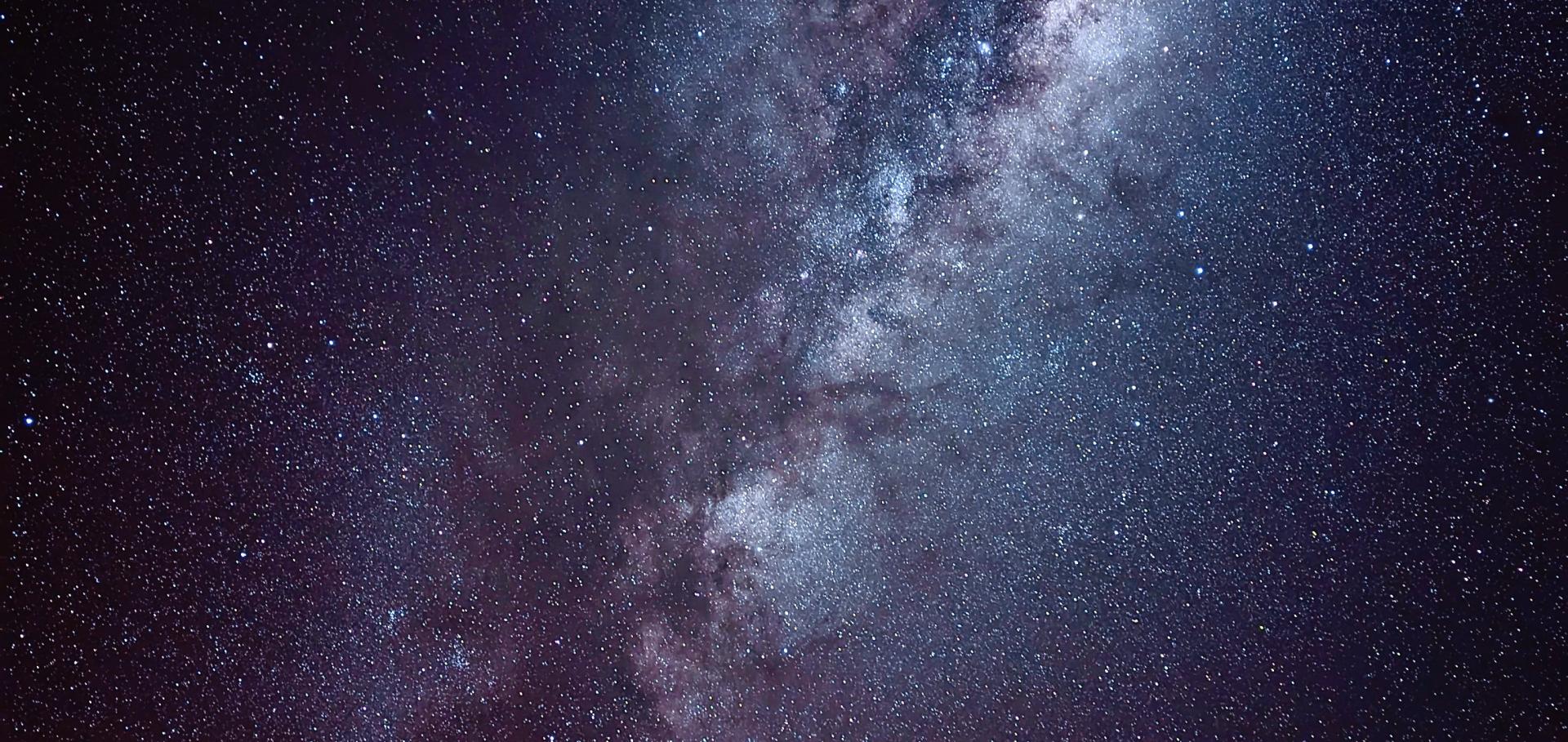VFTS 243 as predicted by the BPASS fiducial models
Monthly Notices of the Royal Astronomical Society Oxford University Press (OUP) 520:3 (2023) 4740-4746
End-to-end study of the home and genealogy of the first binary neutron star merger
(2023)
What can Gaussian processes really tell us about supernova light curves? Consequences for Type II(b) morphologies and genealogies
Monthly Notices of the Royal Astronomical Society Oxford University Press (OUP) 518:4 (2022) 5741-5753
UV spectropolarimetry with Polstar: massive star binary colliding winds
Astrophysics and Space Science Springer Nature 367:12 (2022) 118
Ultraviolet spectropolarimetry: conservative and nonconservative mass transfer in OB interacting binaries
Astrophysics and Space Science Springer Nature 367:12 (2022) 119

